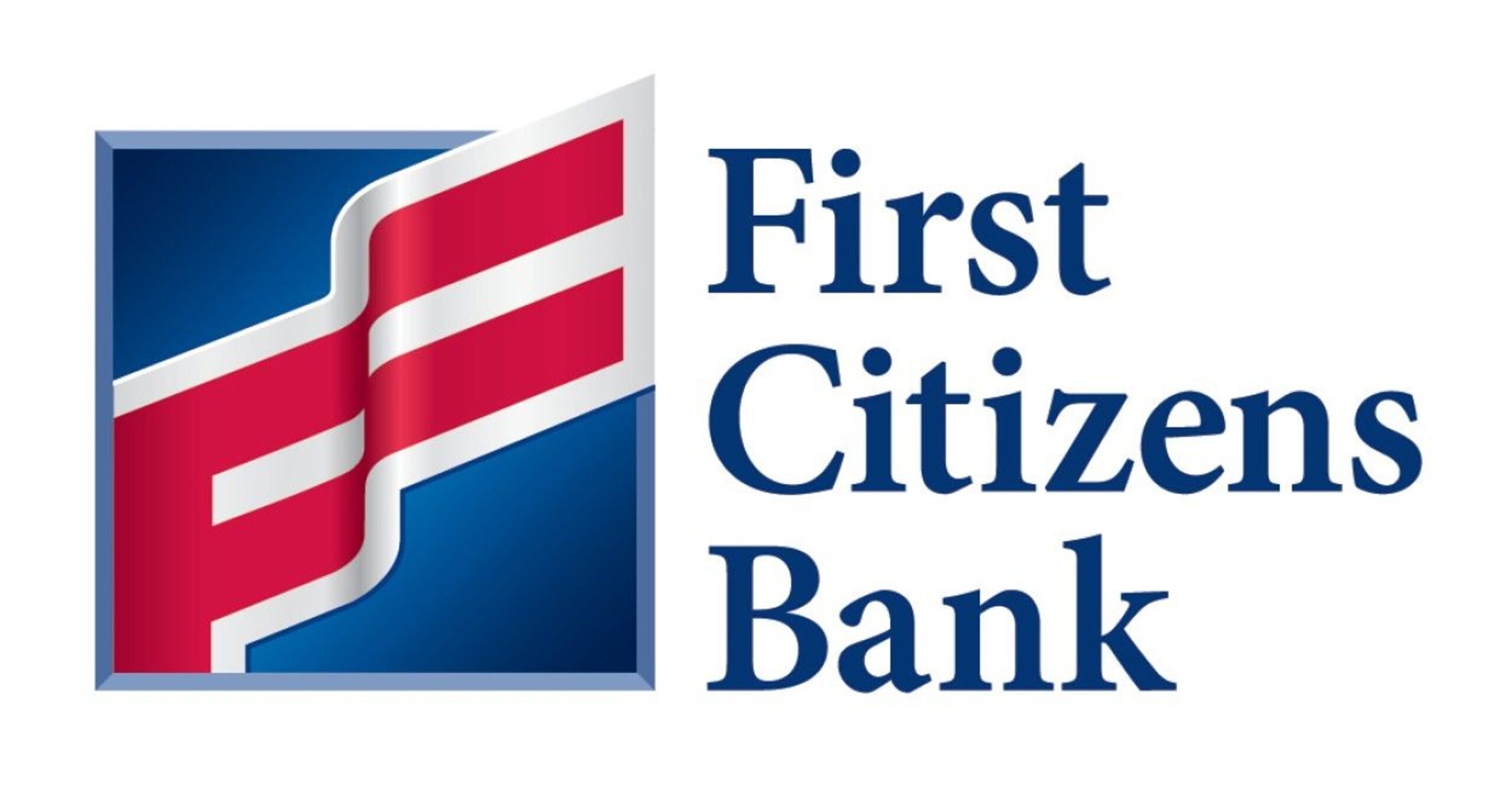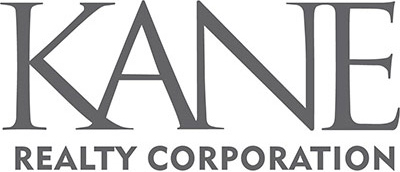The future of work and travel
- April 1, 2021
- Posted by: Joe Milazzo II
- Category: Blog
One year ago – about two weeks into the impact of the pandemic – and just before our stay-at-home order was activated, I released a weekly blog on my sense of the potential implications of the pandemic on mobility, including post-pandemic travel. You can be the judge of how close I was, at least as far as that can be known now…
Last week, we heard from several of the members of our RTA Regional Leadership Team who connected with each other as part of three small group in-person strategy pods of 10-15 people each at The Umstead Hotel and Spa. Our members were pleased to see each other and build and strengthen relationships. While there were several common themes among the pods, each one had a unique “flavor” and different perspectives also emerged.
The perspectives shared by our members indicate both an awareness of our accelerated growth trajectory, coupled with increasing complexity, disparity, and uncertainty of post-pandemic work and travel. Our region continues to look great (as it is) to people from out of market, and our in-migration has only increased. Meanwhile, many companies are rapidly moving to a hybrid model of in-person and remote work, while other businesses (tourism, hospitality, manufacturing and the like) cannot operate solely or primarily online.
Our growth elevates a sense of urgency to “do something”, while the variability of how, when, and where people will work adds to the uncertainty about the type, location, and rate of infrastructure expansion needed over time. However, our members were careful to note that much, although not all, travel for other purposes would continue to return to “normal”.
Our members noted that a wide geographic variety of suburban and rural areas needed to feel connected – and we heard, unsurprisingly, concerns about sufficient funding and focus to address our inevitable growth, which is seemingly occurring and accelerating everywhere at once. To that point, several of our members spoke to us about not wanting to lose the “feel” and aesthetics that make up the Triangle.
We also heard that equity, and upward economic mobility, must remain in the forefront of our thinking.
In our January 2021 annual State of Mobility letter to members I noted that, ‘When you hear RTA mention our three advocacy themes for 2021 of ‘equity, recovery, and opportunity,’ know that ‘accelerate’, ‘flexibility’, and ‘pilot’ are probably lurking close-by.’ Based on the comments I heard from several of our Regional Leadership Team members across all three pods, that is still true.
To be clear: being flexible doesn’t mean we can’t move forward on “big things” – we just need to do them with both eyes open, and be able to pivot if need be. The reality is that federal and state transportation funding and approval processes, in particular, do not readily lend themselves to that sort of pivot-based thinking. Important planning efforts and prior investments that most businesses would be willing to recognize as sunk costs can become self-fulfilling processes and almost categorical imperatives in a public sector environment – due to the constraints of time, policy, and statute. This is not a criticism, this is a description of reality.
If you are looking for perfection, you won’t find it in transportation – or on this planet, or in this life – but if you are looking for a bias for action amidst an ongoing reasonableness and opportunity check, you’ve come to the right place with RTA, the regional business community, and our partners.
One final thought and reminder: sometimes business-led overtures that might seem like “little things” in the moment have a way of becoming “big things” over time. My sense is that the RTA Regional Leadership Team and our entire RTA membership specializes in exactly that.
I am excited about our future together, as a regional business leadership group, and as a region.
Let’s get moving,
Joe Milazzo II, PE
RTA Executive Director

























